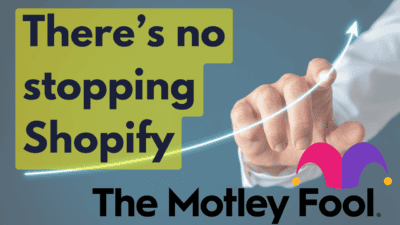The Canada Revenue Agency (CRA) will stop giving the $2,000 Canada Emergency Response Benefit (CERB) from October 2 when the last benefit period ends. It started the temporary benefit in the light of the COVID-19 pandemic, which put many Canadians out of work. The CERB was aimed at providing emergency response.
In June, the CRA extended the CERB by another eight weeks, or $4,000, as the lockdown was eased, but many Canadians were still jobless, and some market regions were still under lockdown. So far, the CRA has spent more than $68 billion on CERB payments to more than 8.5 million Canadians.
The CERB alternative
Now that the economy is gradually re-opening and the unemployment rate is falling, the CRA is moving to economic recovery. Prime Minister Justin Trudeau has hinted that the federal government will replace the CERB with Employment Insurance (EI). The EI mostly applies to those with insurable employment. The company deducts an amount from your salary towards the EI.
Moreover, the EI doesn’t cover part-time workers, freelancers, or the self-employed. Trudeau mentioned that the government will bring a CERB alternative for this segment of the population. Any CERB alternative won’t be the same as the CERB. But there is a way you can still get CERB in October.
A way to get $2,000 CERB after September
The CRA clearly stated that any eligible Canadian will get a maximum CERB of $12,000 for six periods. If you have not claimed your CERB, even though you were eligible between March 15 and October 2, you can apply for it till December 2. The CRA will check your eligibility and transfer the $2,000 payment into your bank account.
I will explain this with an example. Dave is a salaried employee who lost his job in June because of the pandemic. He was quarantined and didn’t have access to his My CRA account. He didn’t apply for the CERB in June, although he was eligible. He realized it later in August that he is eligible for the CERB periods of June, July, and August. He can apply for the previous months’ CERB until December 2 and get a retroactive payment.
However, the CRA has temporarily shut down its online service for CERB and CESB until further notice, after being hit by a cyber attack. Dave can apply for the emergency benefit over the phone or wait until the online service resumes.
Make the most of your retroactive emergency payment
Going back to my previous example, Dave can claim his CERB for three months in October. He will get $9,000 from the CRA even if he has started working in October. Dave can increase the value of its retroactive CERB by investing it in growth stocks through his Tax-Free Savings Account (TFSA).
One good stock that can double your CERB money in two to three years is Constellation Software (TSX:CSU). The company acquires small software companies that cater to niche verticals and have stable cash flows. Over the last 25 years, it has acquired more than 260 companies and expanded its business across +100 geographies.
Constellation is pursuing acquisitions even amid the pandemic. A market downturn is a good time to acquire companies, as they are available at an attractive valuation. It is acquiring Netherlands-based Topicus.com, which could add €100 million to its annual revenue. It has more than US$100 million in net cash and is funding its acquisitions with this reserve and cash flows.
The company has increased its revenue and adjusted EBITDA at a CAGR of 14% and 11%, respectively, between 2015 and 2019. It will continue to grow its earnings through acquisitions.
Investor corner
Constellation stock has doubled in the last two years and rose fourfold in five years. If you had invested $9,000 in the stock five years back, your money would have grown to $39,000 by now. It has the potential to double or even triple your retrospective CERB money in the next five years.







